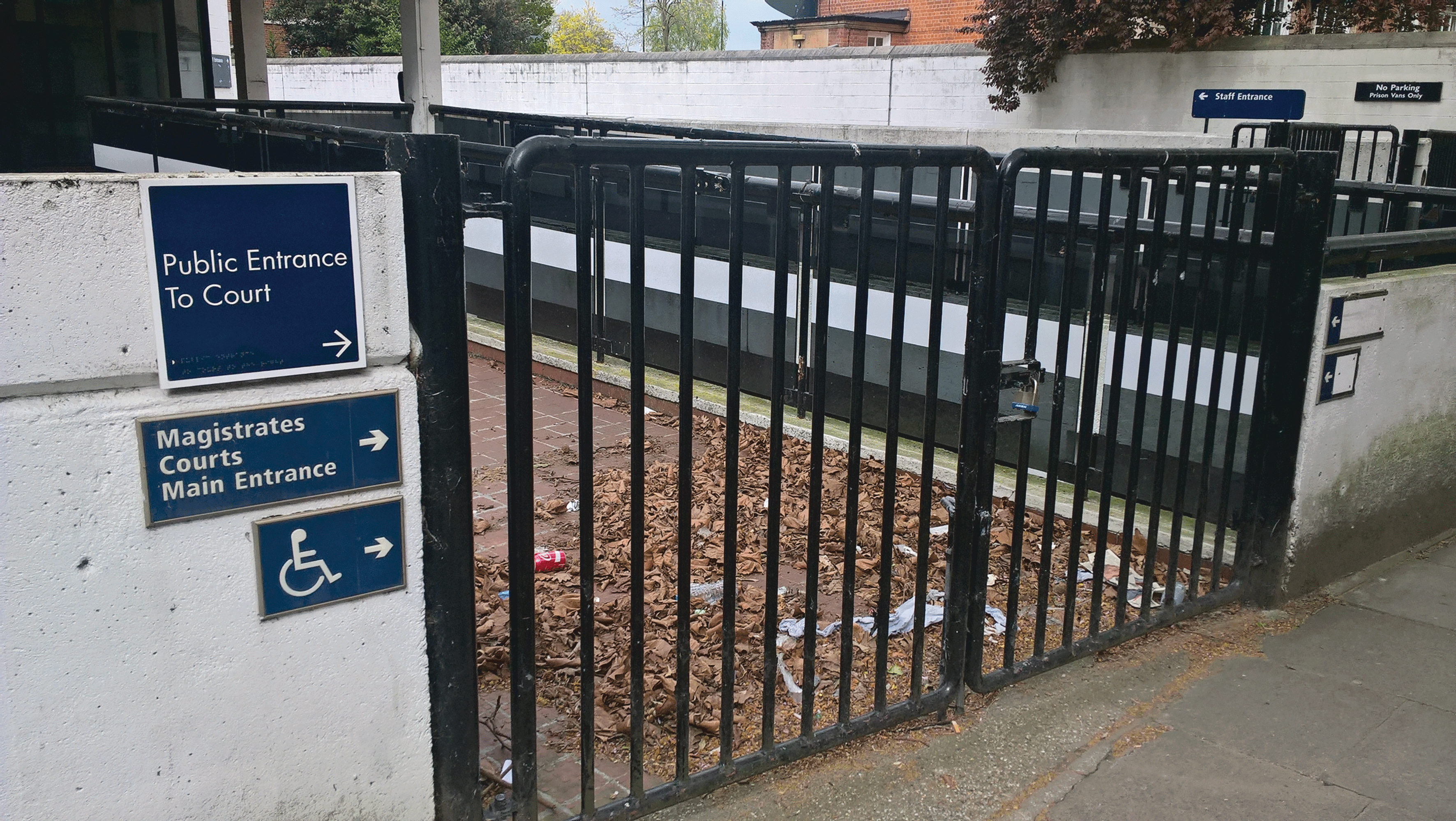A progress report on the courts modernisation programme suggests that not everything is going according to plan, but the government remains resolute in its commitment to the project.
Walk past the Ministry of Justice and that noise you might hear could be alarm bells. Certainly, they will be tuned up following a half-term report from the National Audit Office (NAO) on progress in the £1.2bn programme to transform the courts and tribunals of England and Wales.

The upshot of its 43-page analysis? Not time to panic yet, but there are warning signs. And the NAO has experience of watching public sector IT projects go pear-shaped.
HMCTS estimates it can reduce the number of cases held in physical courtrooms by 2.4m a year, enabling further attrition of the courts estate and cutting staff numbers by 40% to 10,000. Case management and administration will be consolidated and run from national centres.
The project is due to be completed in 2022, but the NAO says that by September 2017 – roughly 18 months into the programme – less than two-thirds of expected outcomes had been achieved. The work had barely started and already HMCTS was playing catch-up.
HMCTS was found to have developed high-level ‘target operating models’ but stakeholders still did not understand how reformed services will work in practice.
The report also notes that the benefits claimed so far exceed expectations and risk putting pressure on HMCTS’ ability to maintain services.
So much appears to rely on forces outside HMCTS control. The business case depends on Treasury approval to plug a potential £177m funding gap, and many of the changes – particularly enabling the extension of ‘virtual’ hearings – require primary legislation. Amid Brexit, the chances of a Courts Bill getting a look-in seem remote. Legislation was prepared as long ago as April 2017 but fell at the general election and has never reappeared. Speaking in parliament last week, justice secretary David Gauke hardly sounded confident: ‘I hope we can make progress on this before very much longer.’
The NAO says the challenge facing HMCTS is ‘daunting’. The programme’s deadline has already been extended by two years (although the budget remained the same) and experience from other jurisdictions shows that more limited change has taken longer and cost more than envisaged.
In echoes of the unintended consequences of legal aid cuts, the NAO adds, there is also the risk that HMCTS makes changes before it understands the system-wide effects.
The report concludes: ‘[HMCTS] has responded to early concerns by extending the timetable and improving its governance and programme management. But there is a long way to go to achieve the planned transformation, and HMCTS is behind where it expected to be.’
Naturally, the government is more upbeat. Digital divorce applications can now be made and the civil money claims service is fully accessible online.
A new probate system is in testing and has received positive reviews, while the first ever full video hearing has taken place in the tax tribunal.
HMCTS chief executive Susan Acland-Hood said: ‘We are pleased the NAO acknowledges our early progress, and its recommendations are already helping to strengthen the way we run the programme. We are confident, therefore, that the current six-year programme is on track to deliver the benefits promised on completion and, in doing so, help create a better, more straightforward, accessible and efficient justice system.’
Wishful thinking? Cynics will say so, although the government appears resolute in its commitment and convinced that a digitised, mobile population will buy into the plans.
For now, the NAO urges ministers to engage more with affected parties, provide greater transparency and look more closely at the potential consequences of the planned reforms. HMCTS would be well advised to take heed too.






























No comments yet